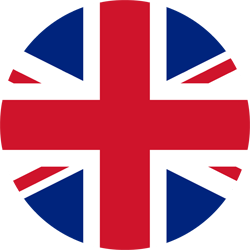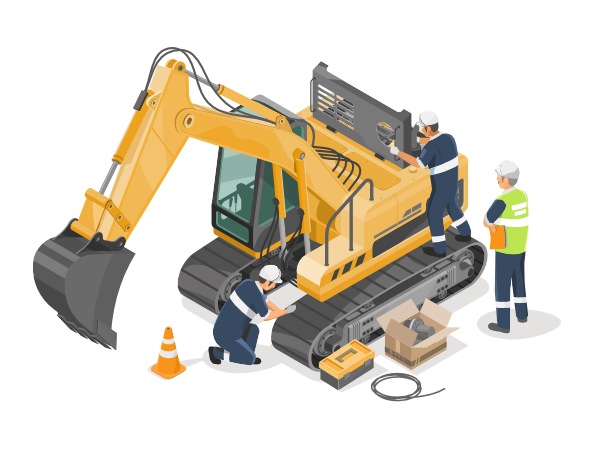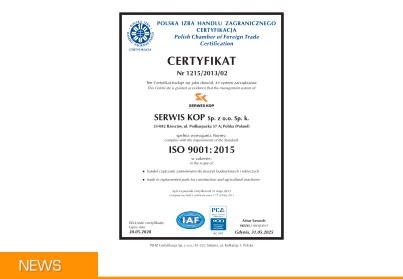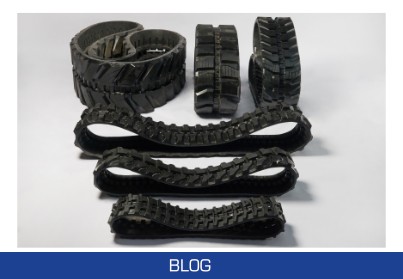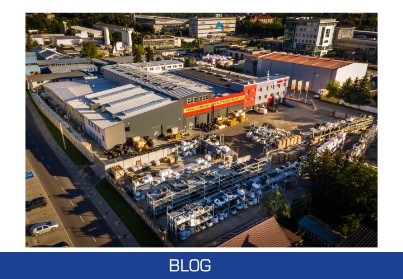-

- About Us
- Cooperation
- News
- Offer
- E-shop
- Contact
- TRACK FINDER
- WYSZUKIWARKA SZYB
- Kategorie produktowe
-
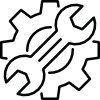 ALL CATEGORIES
ALL CATEGORIES
-
-
-
-
-
-
SLEW SYSTEM
-
-
-
-
-
AXLES
- TIE RODS
- KIT SPIDER FOR DRIVE SHAFTS
- DIFFERENTIAL
- MOUNT THE KNUCKLE
- HUB / GEAR REDUCTION
- PROPSHAFTS
- SOLENOID VALVES / COILS
- FLANGES / COUPLING YOKES
- BEARINGS
- BUSHES / WASHERS MOUNT AXLE
- AXLE / DIFFERENTIAL HOUSING
- DRIVESHAFTS / CENTER JOINTS
- BOLTS / NUTS / STRAPS
- LOCK / CIRCLIP / CLIP
- CROWN WHEEL AND PINIONS
- SEALS
- OTHERS
-
-
-
-
WHEELS
-
-
-
-
-
-
ENGINE
-
-
-
-
-
COILS / SOLENOID VALVES
-
SWIVELS / TURNING JOINTS
-
PUMPS / STEERING VALVES / MOTORS
-
-
-
VALVES
-
HYDRAULIC HOSES / PIPES
-
RAMS
-
ACCUMULATORS
-
QUICKHITCHES
-
-
-
BOLTS / NUTS / WASHERS
-
PUMP DRIVESHAFTS
-
SEALS VALVES / PUMPS
-
OTHERS
-
-
-
-
-
-
-
TIMING
-
EQUIPMENT
-
-
LUBRICATION SYSTEM
-
-
INDUCTION / EXHAUST SYSTEM
-
SEALS / GASKET SETS
-
ENGINE MOUNTING
-
SERVICE TOOLS
-
-
-
-
-
-
STABILIZERS
-
-
-
-
-
-
FUSES / FUSE BOXES
-
RELAYS / FLASHERS
-
REVERSE ALARM
-
-
HEATERS / BLOWERS
-
BATTERY ISOLATER SWITCH
-
-
-
-
-
OILS
-
FLUIDS
-
-
-
PAINTS
-
-
-
-
-
-
-
GLASS / CAB GLAZING
-
-
-
RUBBER SEALS - GLASS
-
ASSEMBLY KITS / ADHESIVES
-
-
-
-
-
ADAPTERS
-
BOLTS / LOCKS
-
-
-
-
HYDRAULIC INSTALLATIONS
-
TOEPLATES
-
TOOTH RIPPER
-
-
-
HYDRAULIC HAMMERS / TOOLS
-
PLOWS
-
QUICKHITCHES
-
FORKS
-
-
-
EARTH DRILL / AUGER
-
SWEEPER / COMPONENTS
-
SWINGOTILT / PLATFORMS
-
-
-
-
-
ACCESSORIES
-
DECAL / STICKERS
-
-
-
GADGETS
-
CLOTHES
-
FAN ZONE
-
-
-
- SPARE PARTS SUITABLE FOR
- JCB
- CAT
- VOLVO
- KOMATSU
- CASE
- NEW HOLLAND
About CATERPILLAR brand
It is certainly worth getting to know the over 100-year history of the company's roots and its evolution, which we would like to present to you.
The company was founded by Benjamin Holt and CL Best, who initially competed against each other and only later became the co-founders of Caterpillar.
In the late 1800s, with horses driving agricultural projects, California farmers were looking for new and better ways to do their jobs. Inspired by innovations in transport, Benjamin Holt invented the steam tractor in 1890 so that farmers could work more efficiently, longer and far more cost effectively than ever. As steam engines became more and more accepted in agricultural applications, Holt continued to innovate to meet customer challenges. The giant steam monster wheels his company created, however, would sink into soft Californian soil. To solve this problem, Holt fitted a caterpillar on one of his old wheeled tractors in 1904, and the first true "Caterpillar" was born.
While Holt was famous for developing the first commercially successful crawler machines, rival CL Best Tractor Company took a different approach and responded to customer needs with a focus on early gasoline technology. Their technological improvements made the products more reliable and improved the efficiency. Best's revolutionary undercarriage design was so far ahead of its time that some features remain part of the DNA of today's Caterpillar tractors.
The merger of Holt Caterpillar Co. and CL Best Tractor Co. of 1925 might not have happened had it not been for World War I and an evolving customer base focused on infrastructure development as a result of the evolution of the automotive business. During the war, Holt had a contract to sell tractors to the government. The deal allowed Holt to sell a significant number of machines and required it to focus on production, rather than innovation. While Holt focused on the war effort, companies like CL Best won the domestic market with new and innovative designs.
After the war, both companies needed each other. The war left a surplus of machinery, which weakened the market for new tractors, and both companies needed an additional advantage to succeed. Best had a domestic market, an advanced dealer network, and an extended product line, while Holt had a worldwide reputation with the name "Caterpillar" and modern manufacturing facilities.
In 1925, the two companies merged to form the Caterpillar Tractor Company. The merger provided the company with the funds and technology resources to invest in diesel technology to provide customers with a more economic power source.
In 1931, Caterpillar as well as the whole world was in the middle of the Great Depression and it was severely affected by its effects. Sales fell by more than $ 7 million compared to the previous year. However, this did not stop the company's commitment to innovation.
In April 1931, Caterpillar introduced the industry's first true motor grader - Auto Patrol - which differed from motor patrols in that it was designed as a single machine rather than a separate tractor with a grader frame mounted around it. And in October 1931, it began production of its first diesel tractor model - the Caterpillar Diesel Sixty tractor.
So by the mid-1930s, Caterpillar was the largest producer of diesel engines in the world, making diesel technology the mainstay of its business.
Today, Cat engines are widely used to generate electricity. Other applications of Cat power include engines for the petroleum industry, ships, locomotives, agricultural equipment, industrial power generation, construction equipment, and more. The advantages of the diesel engine in terms of performance, reliability and simplicity were what led Caterpillar to pioneering use in mobile equipment sixty years ago. These same features are common to today's Cat engines.
THE EVOLVING LOOK OF CAT® MACHINES
1925 - The wavy logo / symbol is adopted by the new Caterpillar Tractor Co. All Caterpillar machines were painted gray.
1927 - New models of Caterpillar track tractors are marked differently from the original 1925 product line.
1930 - Caterpillar officially dropped a wavy logo / symbol printed in the text, although the wavy logo remained on the cast parts for several years.
1931 - Caterpillar changed the paint color of its machines from Gray to Hi-Way Yellow.
1950 - Caterpillar started using "Cat" in machines. Previously, only "Caterpillar" was used.
1955 - Series letters begin to appear on machines after the model name to distinguish new models from old ones.
1967 - The Block-C logo was introduced along with a box containing the logo and model name. Previously, the location of the brand and model name was more varied.
1979 - Caterpillar discontinues Hi-Way Yellow paint and introduces a new color: Caterpillar Yellow.
1991 - Beltline was introduced to the Cat outfit. This change was the first use of a color other than black, white, or yellow since 1931.
2006 - The Cat Power Edge outfit is introduced.
2018 - Launch of Cat's next-generation retail apparel: Cat Modern Hex.
The current line of Cat products includes more than 300 machines, attachments, power systems and parts.
The offer includes: articulated haulers, backhoe loaders, bulldozers, engines, excavators, generators, motor graders, skid steer loaders and wheel loaders.
Source: https://www.caterpillar.com/
Related posts
 The coronavirus pandemic
The coronavirus pandemic
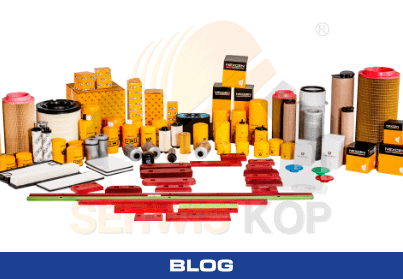 Machine maintenance
Machine maintenance
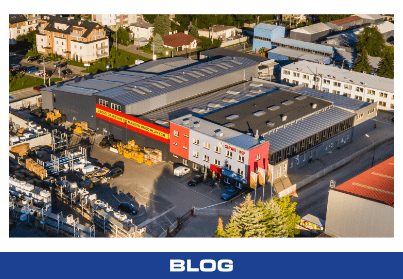 We are present on the market for 14 years.
We are present on the market for 14 years.
 Do you have trouble finding and selecting parts for your machine? The price is too high and the quality is questionable?
Do you have trouble finding and selecting parts for your machine? The price is too high and the quality is questionable?
 About JCB brand
About JCB brand
WE OFFER PRODUCTS OF THE BEST BRANDS









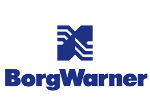




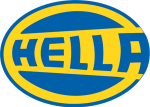
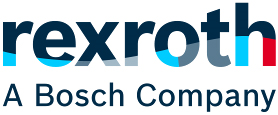



ul. Podkarpacka 57A, 35-082 Rzeszów
NIP: 813-352-97-49 REGON: 180286726
Opening hours
Telephone support - Monday - Friday (8:00 AM – 5:00 PM)
Order pick-up - Monday - Friday (8:00 AM – 4:30 PM)
biuro@serwis-kop.pl
daniel@serwis-kop.pl
Gadu-Gadu communicator
GG: 4185846 - Daniel
+48 17 864 31 00
+48 17 864 00 24
+48 17 864 25 96
Mobile phone
+48 607-700-547
+48 695-944-818
+48 691-330-531
+48 690-906-751
Fax
+48 17 864 31 20


